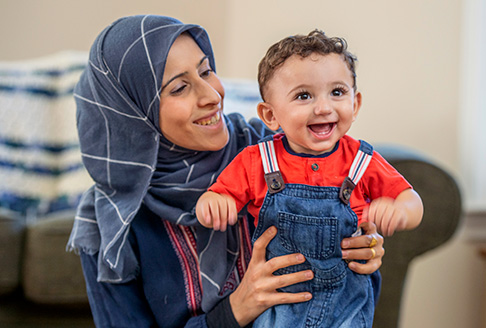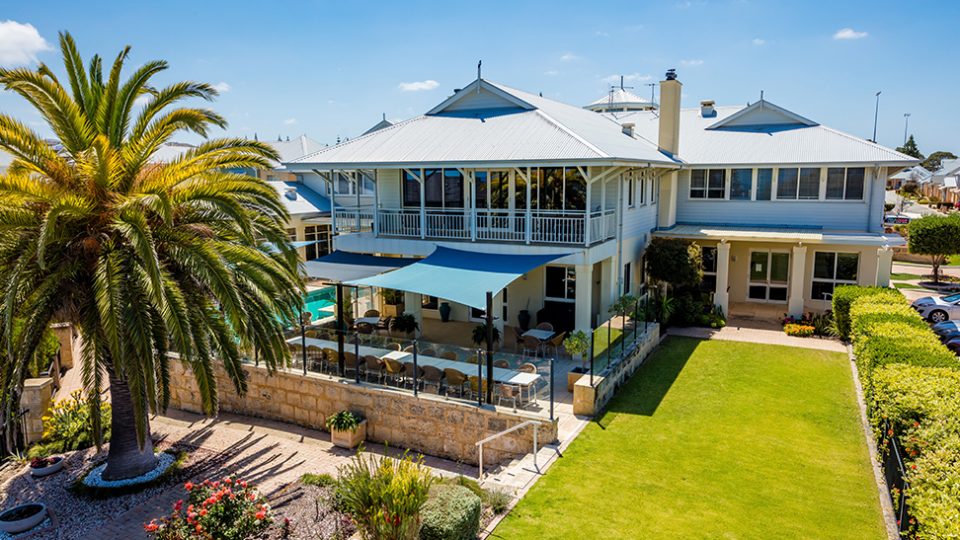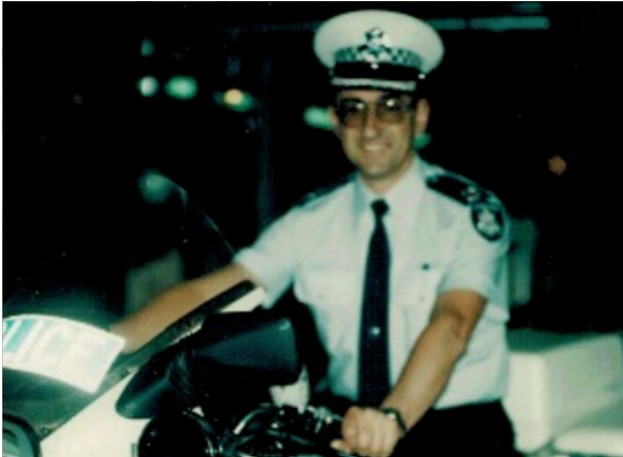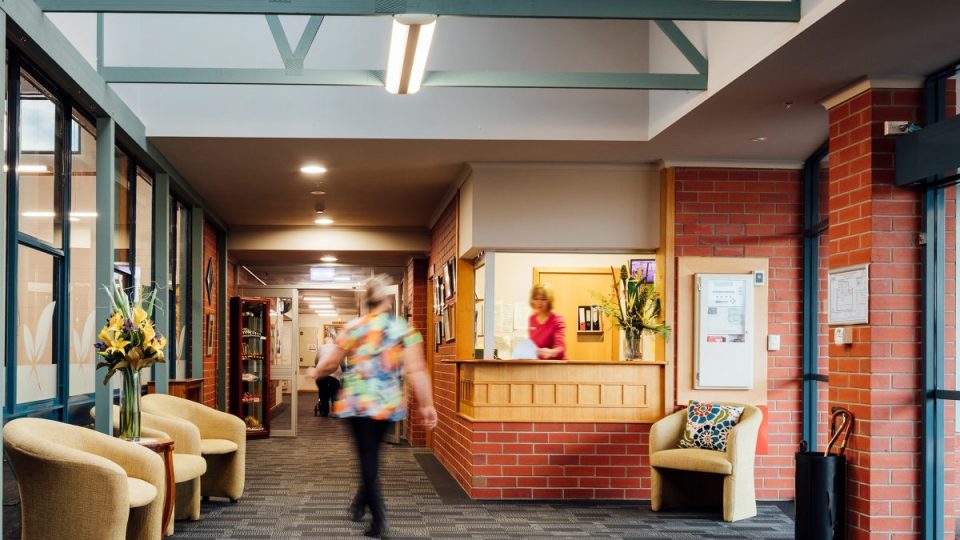Baptcare’s Houses of Hope | providing people seeking asylum a safe place to live
- 28 Aug 2023

Many of the estimated 38,000 people seeking asylum living in our communities in Australia are not legally able to work, or access Medicare or government financial support such as Centrelink payments. Those who can access Centrelink support are still on very low incomes that place them in financial hardship.
People on lower incomes right across our community are facing a growing shortage of affordable housing.
People seeking asylum who have suffered trauma or have very limited resources face additional challenges. Barriers such as lack of rental history, language differences and racism mean that they are extremely vulnerable to homelessness.
A response to homelessness
Houses of Hope is an exciting community-based response to the critical shortage of housing for people seeking asylum living in our community. In partnership with churches and volunteers, Baptcare’s Houses of Hope offer safe, suitable and secure housing to very vulnerable individuals and families who otherwise face homelessness.
These houses provide a stable foundation of affordable accommodation and support so that people seeking asylum – often with no government or financial support – can access basic services as well as pathways to education, employment and independence. Houses of Hope give churches and people who want to help a way to make a meaningful difference to people’s lives.
Houses of Hope is an extension of Baptcare’s Sanctuary program, which provides transitional accommodation and support to people seeking asylum while they wait for the outcome of their protection visa applications.
How does Houses of Hope work?
Churches and members of the community offer properties at no rent or at a reduced rate. This includes houses, unit and flats, ideally located close to public transport.
Each tenant is carefully chosen and matched to accommodation to ensure their suitability. This includes men, women, couples and families of all ages. Tenants are expected to contribute a discounted rent if they have an income.
Volunteers from local churches and the wider community are linked to households to provide practical and social support.
Baptcare Sanctuary manages the tenancy arrangements, including furnishing the house and minor maintenance repairs.
Houses of Hope residents access Baptcare Sanctuary services including casework, social and spiritual support and through referral, to therapeutic counselling, education and employment services.
How can you support Houses of Hope?
There are many ways to support the important work being done at our Houses of Hope initiative.
You can:
Donate money, household items, food vouchers, or consider making your property available at no or low-cost rent.
Employ Sanctuary residents who are allowed to work are keen to find opportunities.
Educate by inviting us to speak to your community group, show a film, talk to friends.
Volunteer your time, skills and energy – it can really make a difference.
To get involved please contact us: sanctuary@baptcare.org.au or telephone 13 22 78 to help us provide hope to people seeking asylum today.
Community news
-

BaptistCare to acquire Keyton’s Western Australian retirement village portfolio
BaptistCare is pleased to announce that we have entered into an agreement to acquire Keyton’s portfolio of retirement villages in WA.
- 13 Nov 2025
-

Spotlight on Residents: Reg Baker
At Baptcare, we are always delighted to learn more about our residents’ lives. They are often filled with excitement, joy, and adventure, and it truly reminds us how rich a person’s life is—and continues to be—when they join one of our residential aged care communities. Today, we are honoured to share the remarkable story of one of our residents, Reg Baker, who lives at Baptcare Peninsula View Residential Aged Care community.
- 10 Nov 2025
-

Staff spotlight | Leonie Irvine – 35 years of service in aged care
Leonie is one of our dedicated Lifestyle Assistants at Karingal Residential Aged Care community in Devonport, Tasmania. She recently celebrated an incredible milestone - 35 years of continuous service at Baptcare. In a sector where long-term service is increasingly rare, Leonie’s 35-year journey stands out as something truly special.
- 10 Nov 2025
